Introduction
What is Caring for Aloe Vera Have you also ever wondered why does caring for aloe vera become a thing now to plant lovers out there? This stunning succulent is not only gorgeous to look at it’s also seriously useful – and surprisingly easy to grow once you know the tricks.
Aloe vera plants are you very own little backyard pharmacy on the windowsill. If you have a sunburn, take care of aloe vera or just like the look of these architectural plants and want to make your own skincare products, it’s worth learning how to care for aloe vera the right way, as you will enjoy the benefits for years to come.
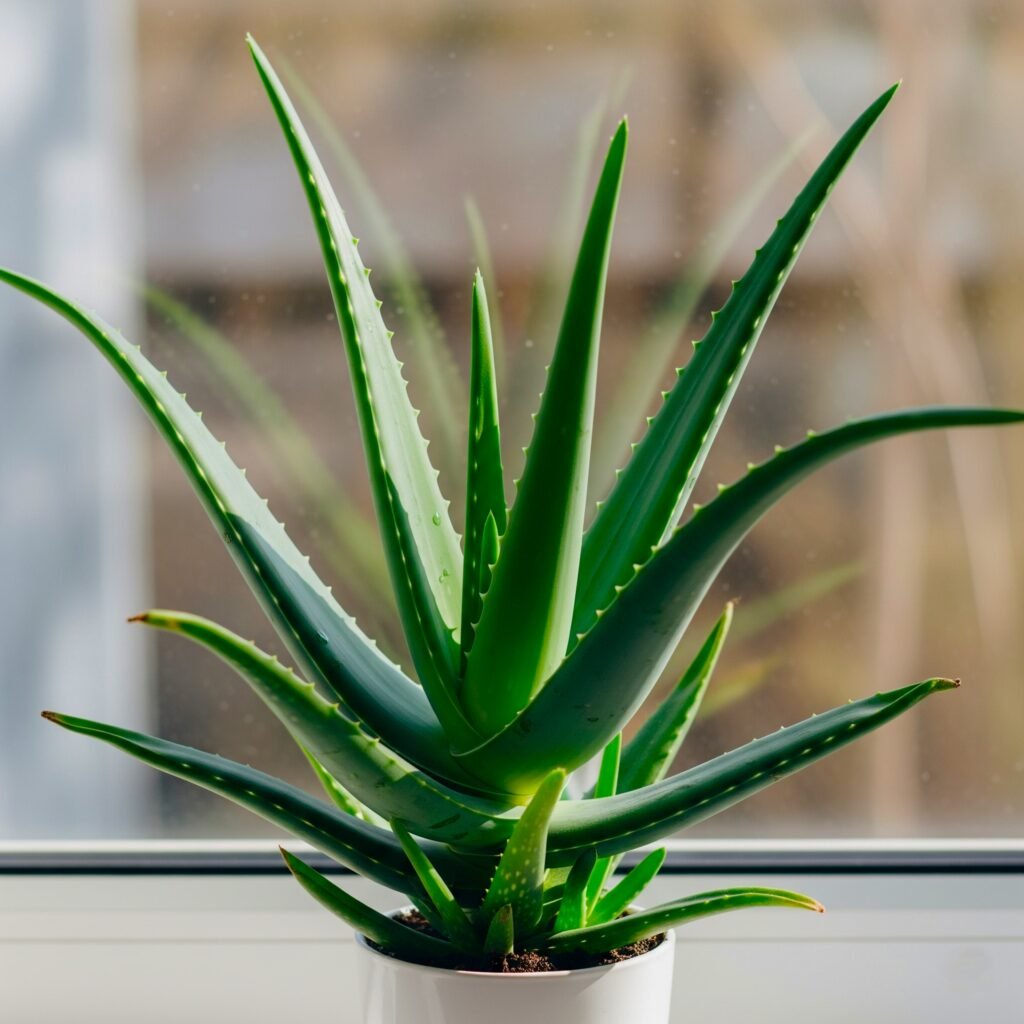
How I Became Addicted To Aloe Vera Plants
They’re Basically Indestructible
Let me describe for you an image: It’s in the middle of a scorching desert, no rain for months, and what’s flourishing? Aloe vera plants. These dudes developed to be able to handle the kinds of conditions that’d send most plants packing. And that desert toughness suits your living room to a tee. “My busy work schedule led me to forget about my aloe vera for three weeks once. Then, when I finally did remember (Enter panic mode), the plant had not changed in appearance.
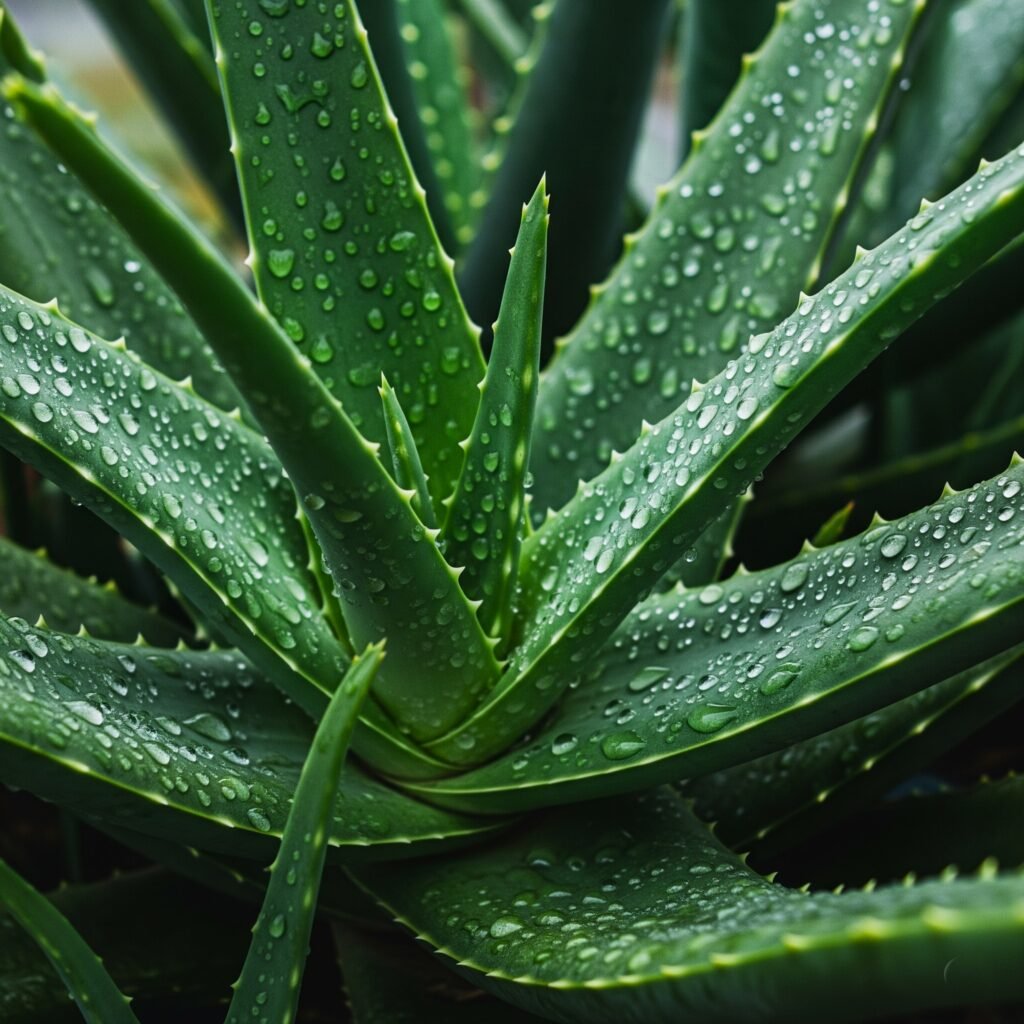
Related : 25 Stunning Ornamental Grasses Plants for Your Landscape
Plant Lighting – The Goldilocks Zone
All right, now this is where I screwed up most initially. I was like “desert plant = blast it with sun,’’ and oh man was I wrong. Consider that in the wild, these plants usual grow in the shade of rocks or larger plants. They want it nice and bright, but they don’t want it “an ant under a magnifying glass” bright. My current setup? East-facing kitchen window with a sheer curtain.
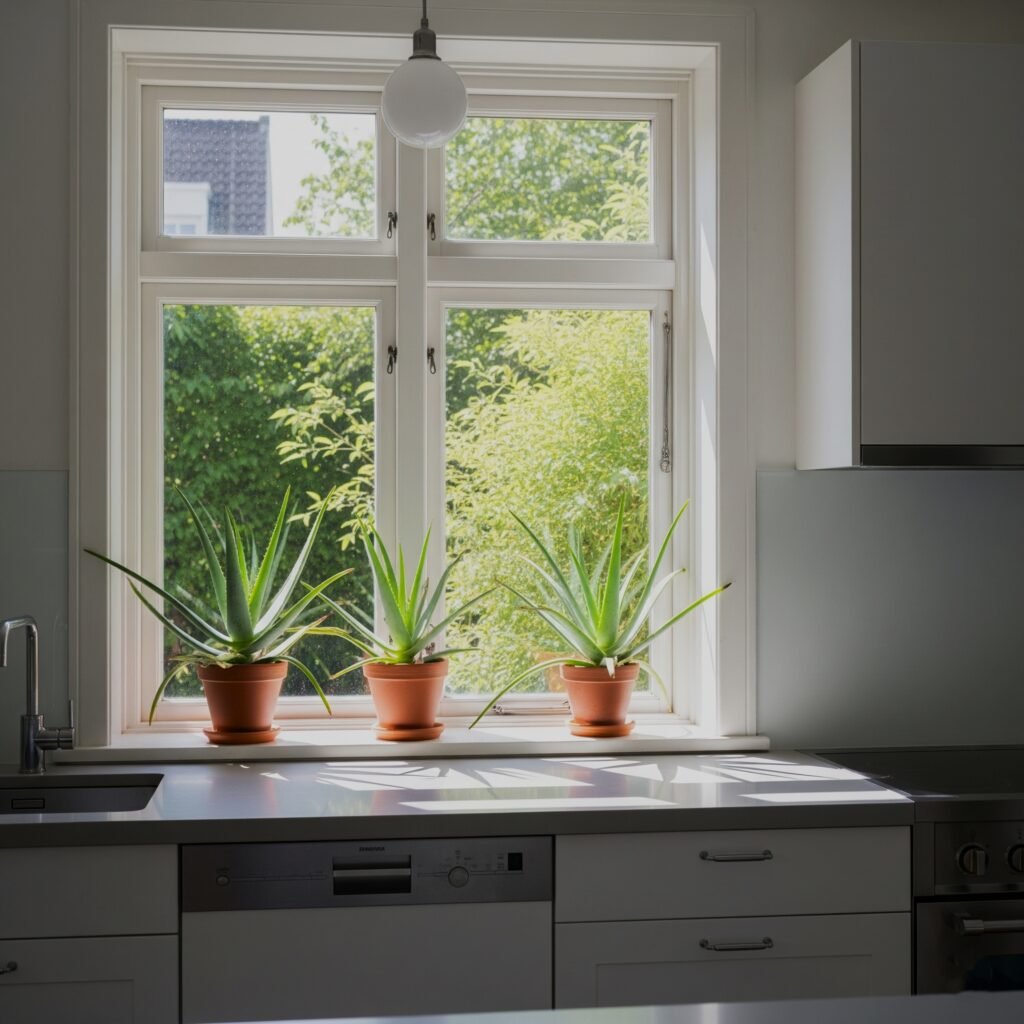
Unlearn Everything You Know About Watering Plants
This was my biggest “aha!” babies: the aloe vera care moment. I was handling it as if it were any other houseplant: Watering it weekly but leaving the soil a little wet, doing so without letting on too much, taking incremental steps to slowly kill it with kindness. These are plants that want to live like they’re camping in the desert, not at a lake. The finger test blew it all away for me. Press your finger directly into the soil, about two inches deep. If even the slightest moisture remains, step away.
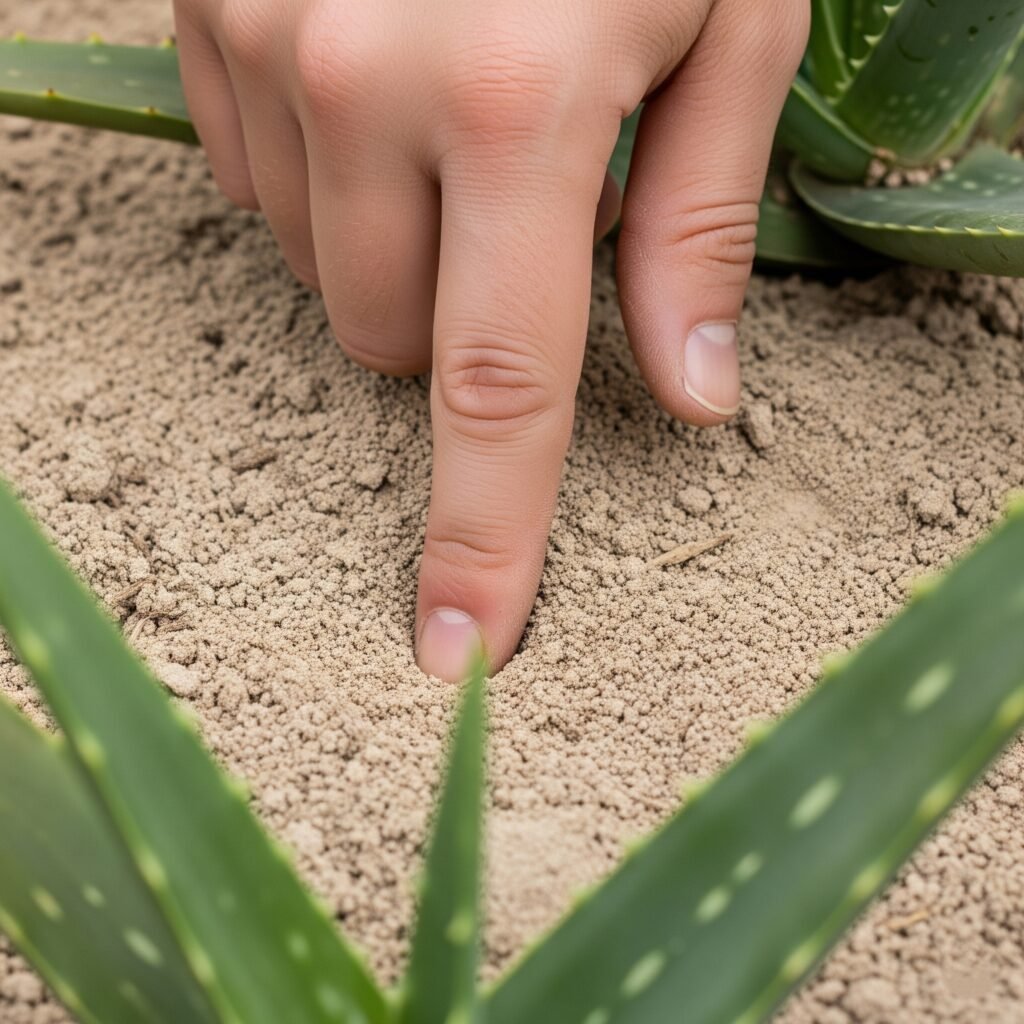
The Soggy Soil Disaster
Common potting soil is essentially quicksand for aloe vera plants. I learned this when my second plant became root rot, as I now know. The soil will remain wet for days after watering and those poor roots won’t be able to take it. Consider it in nature: when it rains in the desert, the water runs off fast. The plants enjoy a good drink, but then it’s right back to dry.
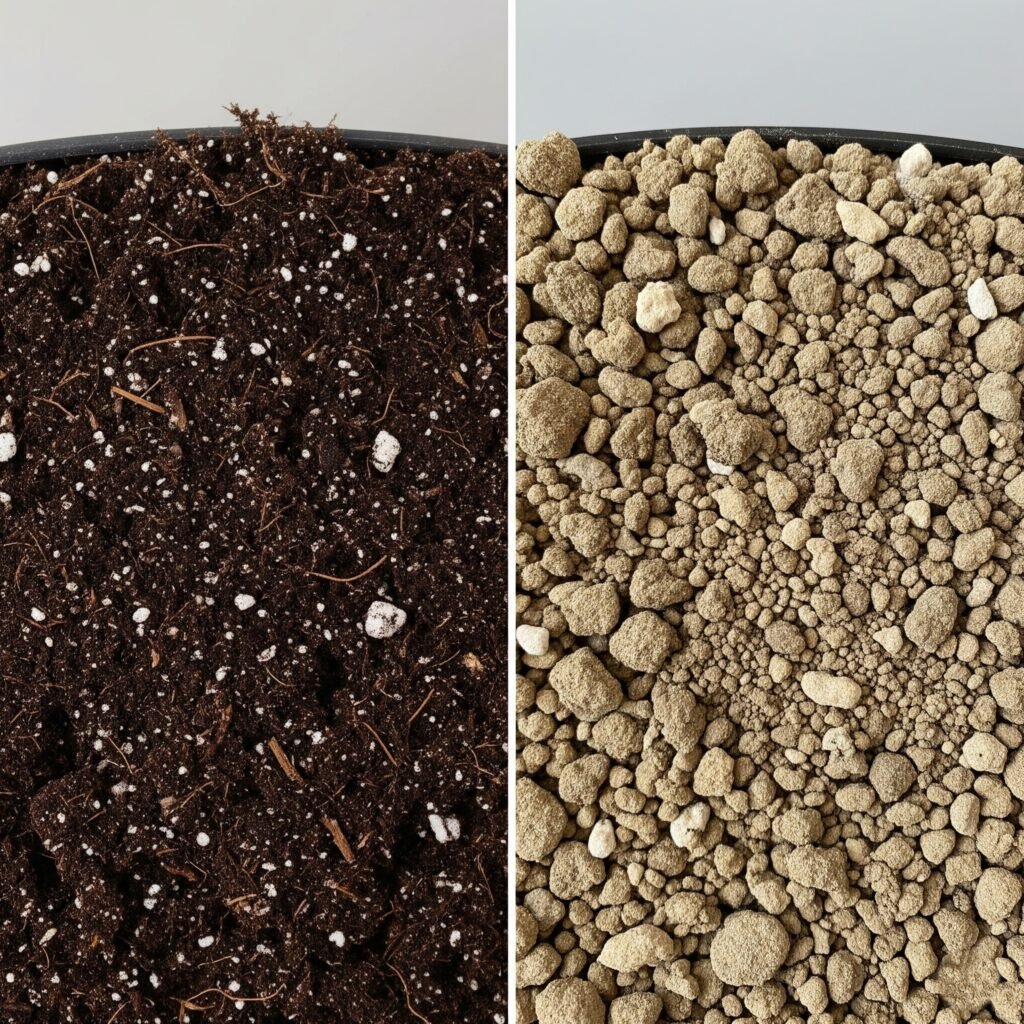
The Comfort Zone Sweet Spot
Great news aloe vera plants prefer the same temperatures that we do! They’re happy between 55°F to 85°F, so you don’t need to do any weird things to make them happy. As long as you’re comfortable, so is your aloe. I live in an old building with one of those iffy insulation situations so temperatures range a little friskier than you want them.
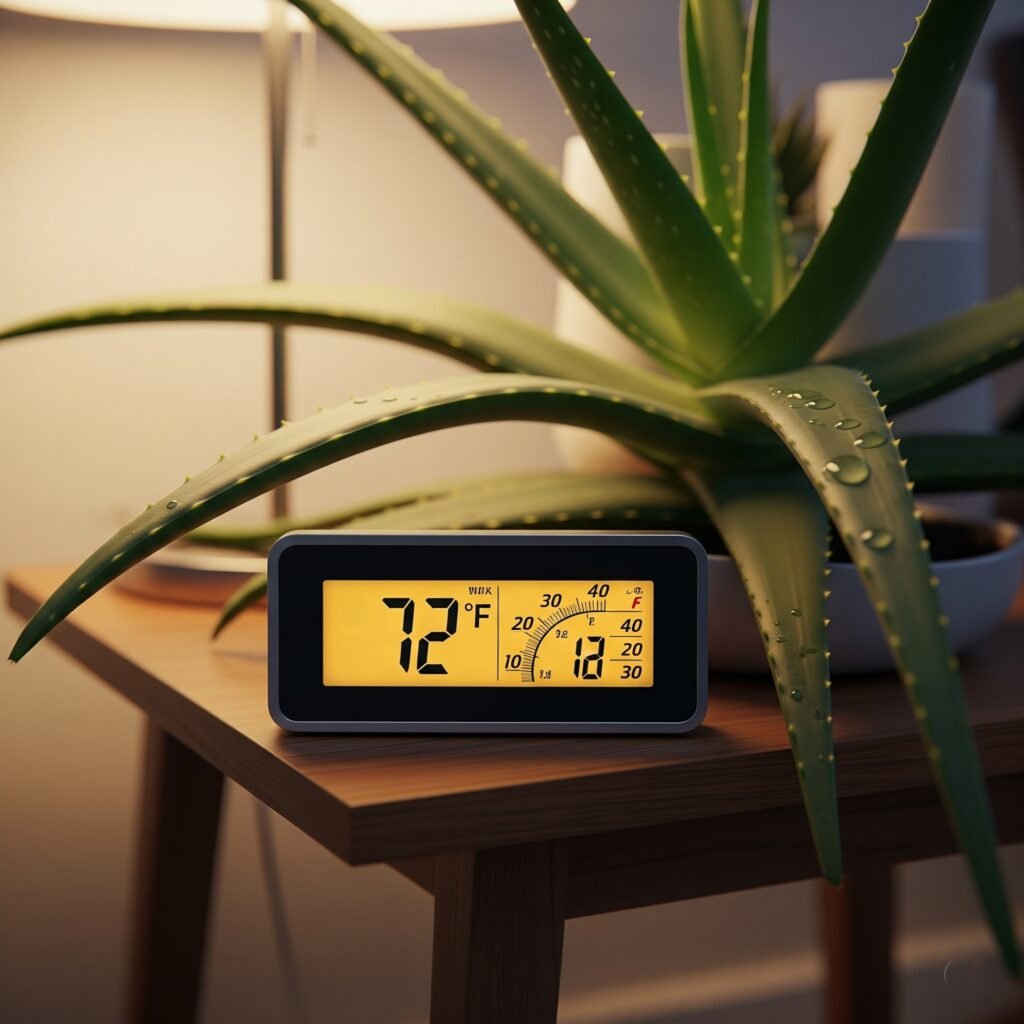
When and How to Repot
Reading the Signs It’s Time
Repotting was stressful for me until I learned to listen to the signals of my plant. The clearest sign? Roots emerging from the drainage holes like tiny white worms. Whenever I see one of those, I know I can’t stay in my house for anything more. Another clue is when your watering routine gets strange: Either the water flows right through, without being absorbed, or the plant gets top heavy and falls over.
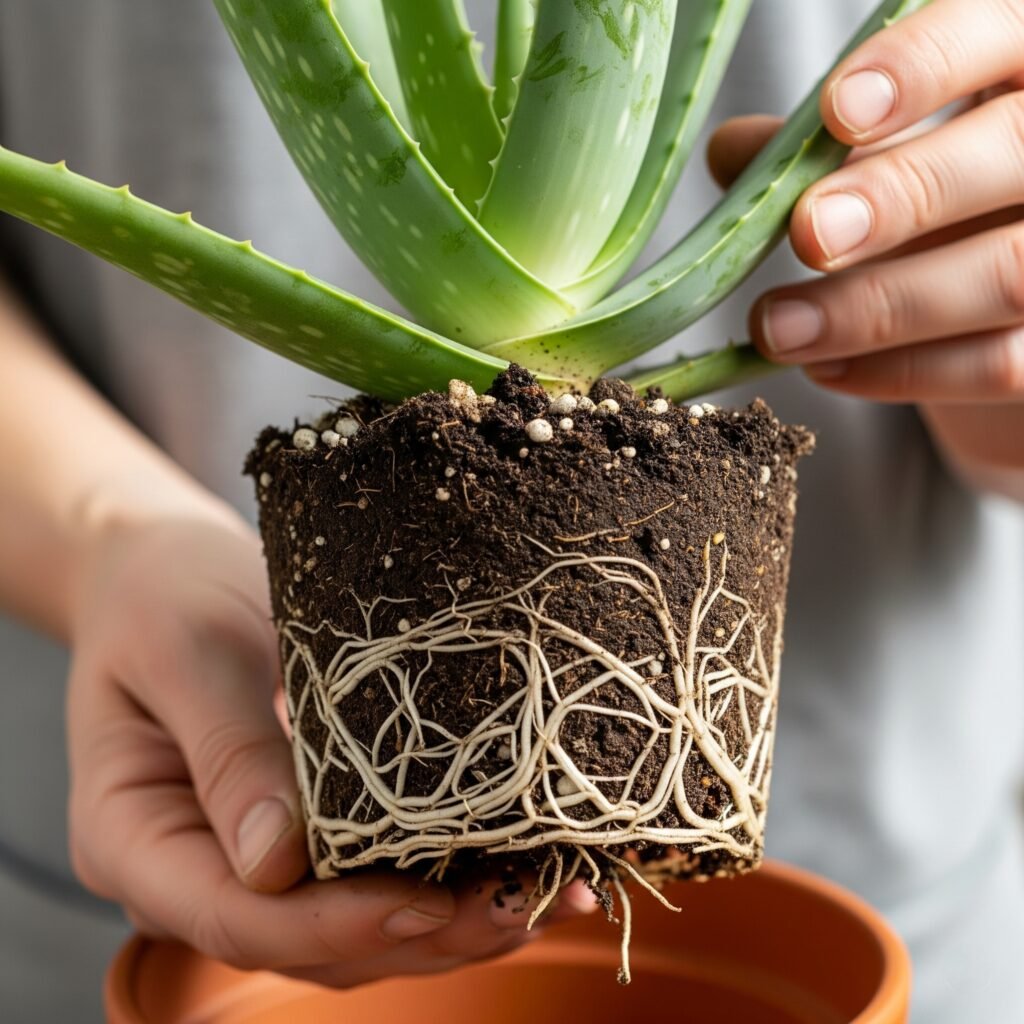
The Day I Discovered Pups
I’ll never forget the day I saw little green spikes emerging around my primary aloe plant. It took me a moment to realize that they weren’t, in fact, weeds sprouting out from the rim of the pot. Then I understood, my plant was having babies! Aloe vera pups are essentially free plants that your mature aloe will create when it’s happy and healthy! It’s a reward for being good to your plant.
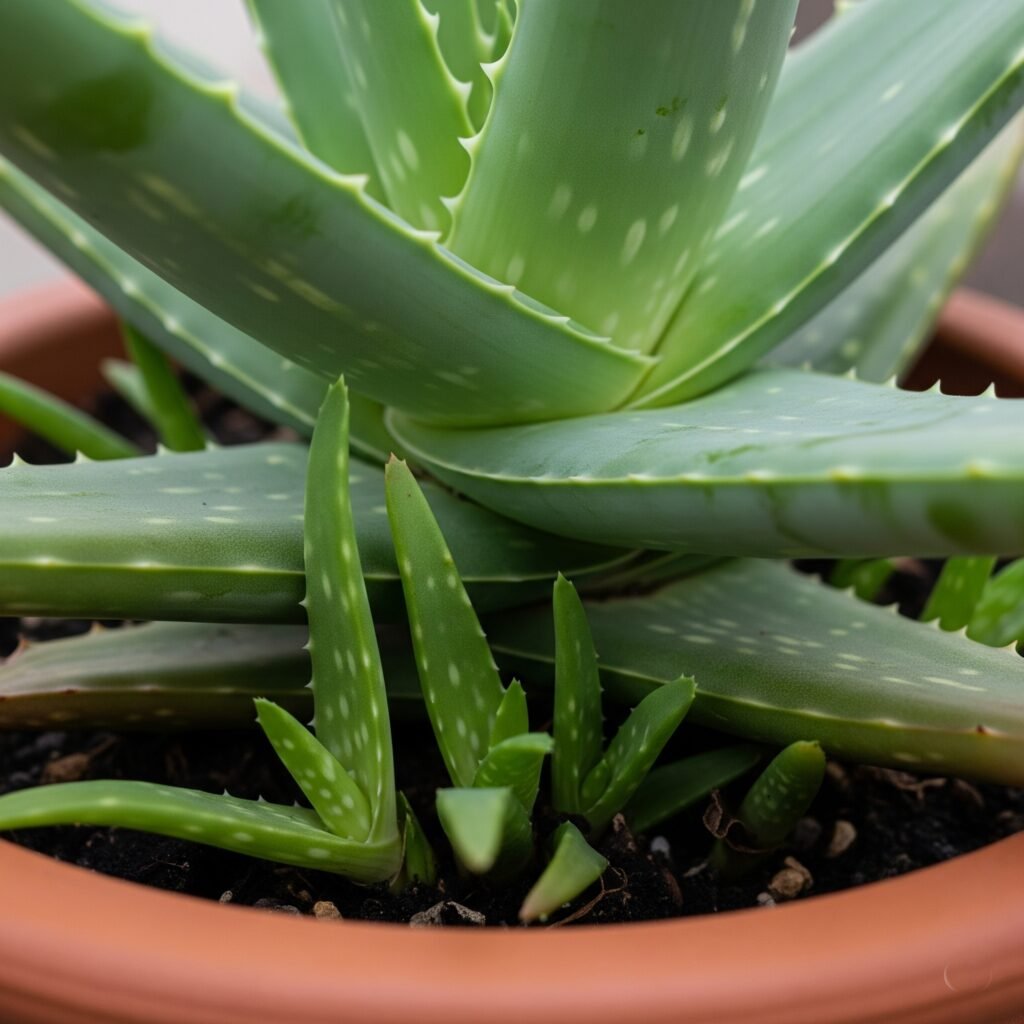
When Your Plant is Ready
It was almost two years before I harvested my first batch of aloe. It’s easy to remember: just wait until your plant is at least 10-12 mature leaves and about 6-8 inches tall. But harvesting too early can really put a damper on your plant’s growth. Think of it like picking fruit; you want the plant to be mature and strong so it can sacrifice one or two leaves.
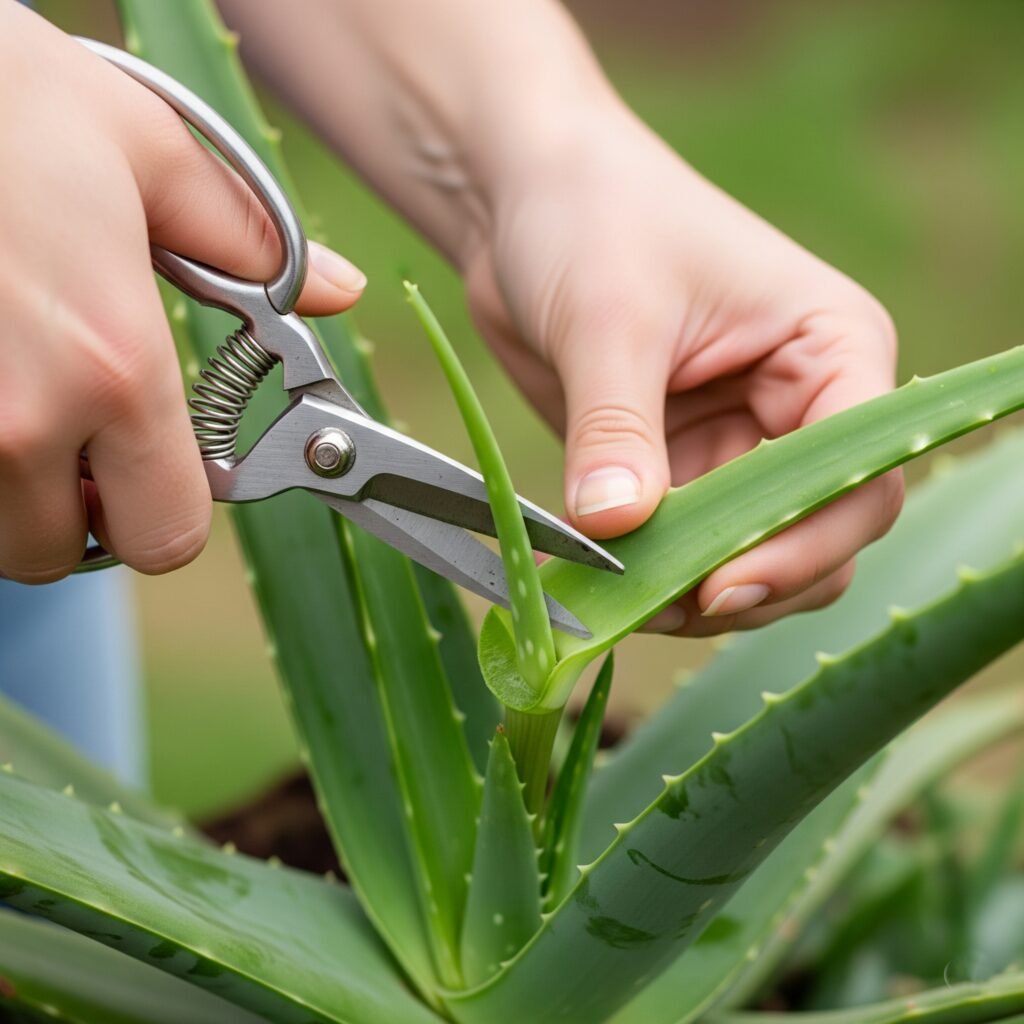
The Overwatering Panic
Now picture this: I walked in the door from a weekend trip and found my aloe’s leaves soft and squishy. Pure panic mode. I assumed I’d lost another plant to my eager but awful plant care. It turns out that overwatering is correctable if caught in time.
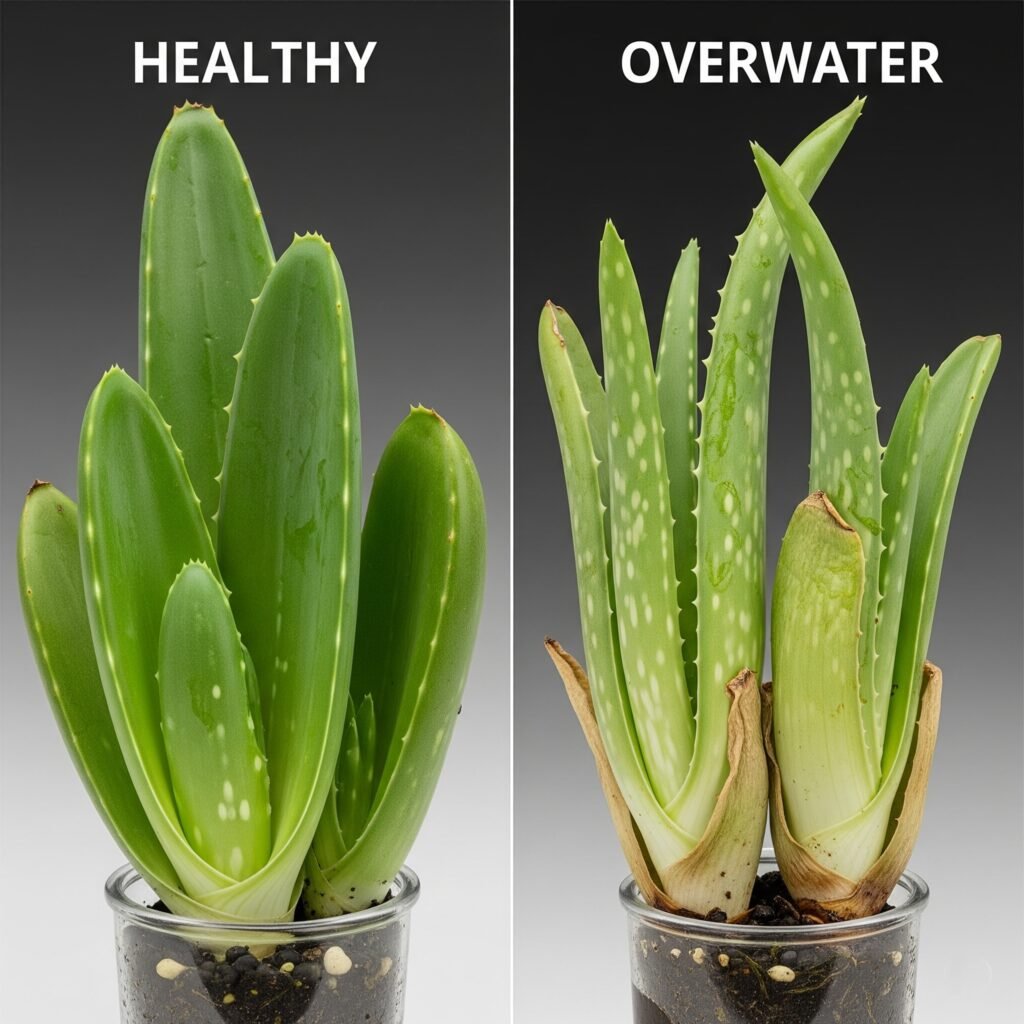
The Weekly Check-In
Every Sunday morning, coffee in hand, I take a swift stroll around my plants. Not to water, just to look. I’m looking for new growth, evidence of pests, and if the soil looks dry. It takes, I think, maybe five total minutes. This habit has saved my ass so many times.
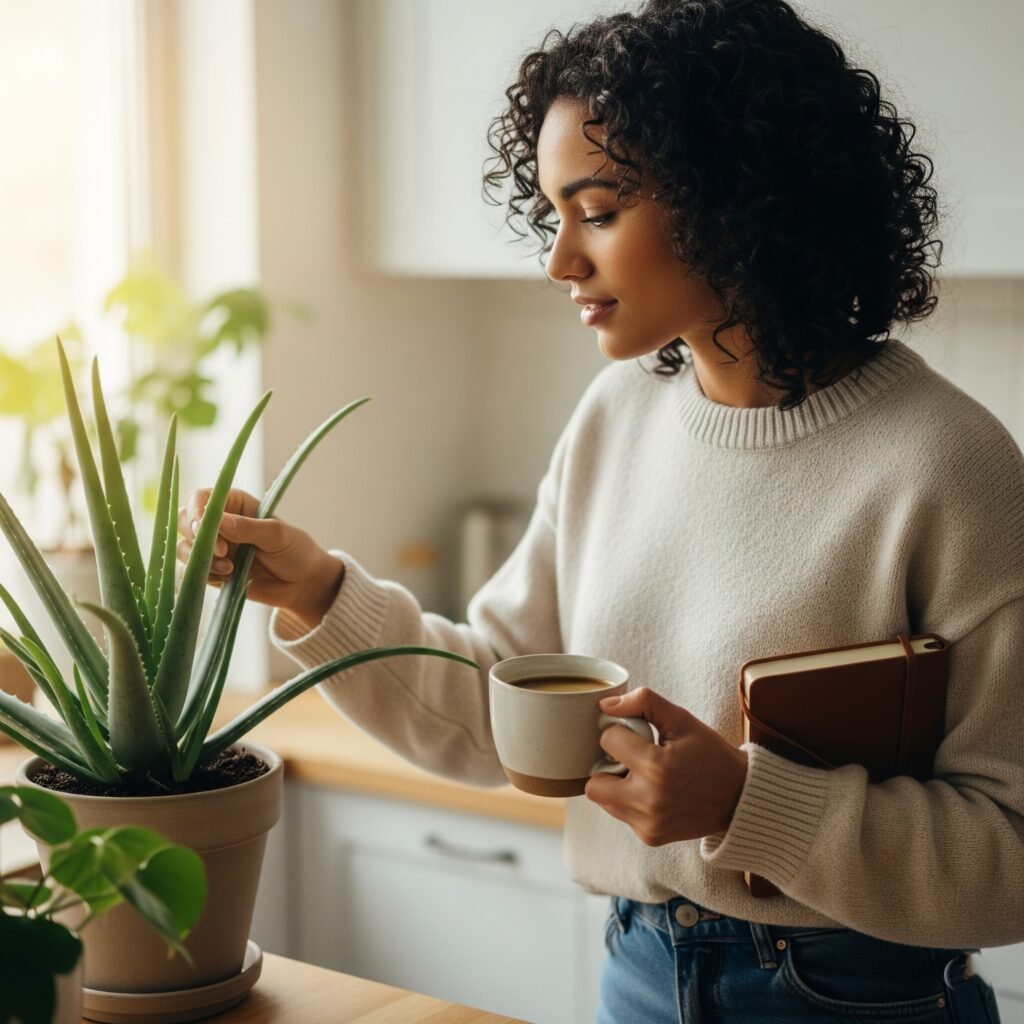
FAQs
I’m not sure how often I should actually need to water my aloe vera plant.
There is no right answer here, honestly. I examine my plant weekly, but only water it if the soil is bone dry two inches deep. That could be every 10-14 days in the summer. During the winter, I’ve stretched it a month between waterings. Your plant will communicate its needs if you’re savvy enough to listen; if its leaves are limp and wrinkled, it’s thirsty, if they feel mushy, you’ve been overwatering.
I have my aloe vera is sitting in a north side window is that enough light?
North-facing windows can, but you’ll have to keep a close watch on your plant. If those leaves begin reaching for the window or looking pale and weak, it needs more light. I would recommend using in conjunction with a basic LED grow light for a few hours per day. Believe me when I tell you it’s well worth it to spend a little extra to keep your plant happy and thriving.
Aloe Vera Leaves Turning Red and Purple—What’s the Matter?
This typically indicates that your plant is either receiving too much direct sunlight or is going through a stressful period. This can occur when people take their plants outside into a full sun for the summer without hardening them off. Place it in a position with bright indirect light, and the new growth should green up.
May I ingest the aloe vera gel of my houseplant?
I wouldn’t advise it. Commercial aloe vera for human use is processed differently than what we grow at home. Externally use for minor cuts, burns and skin irritation fresh gel only. ALWAYS patch test first and if you DO want to drink aloe, always go for trusted sources meant for consumption.

